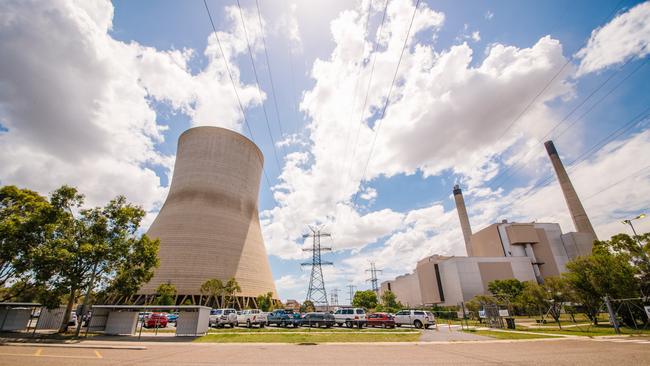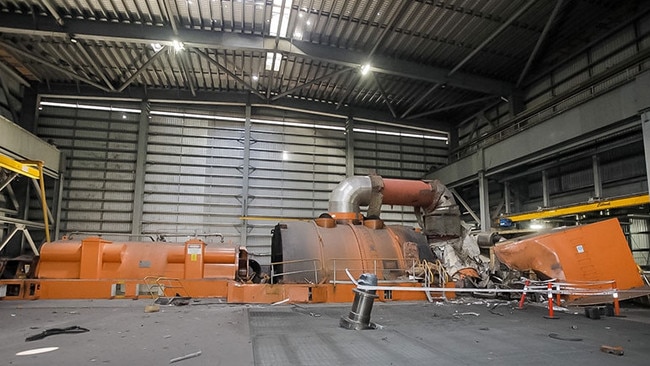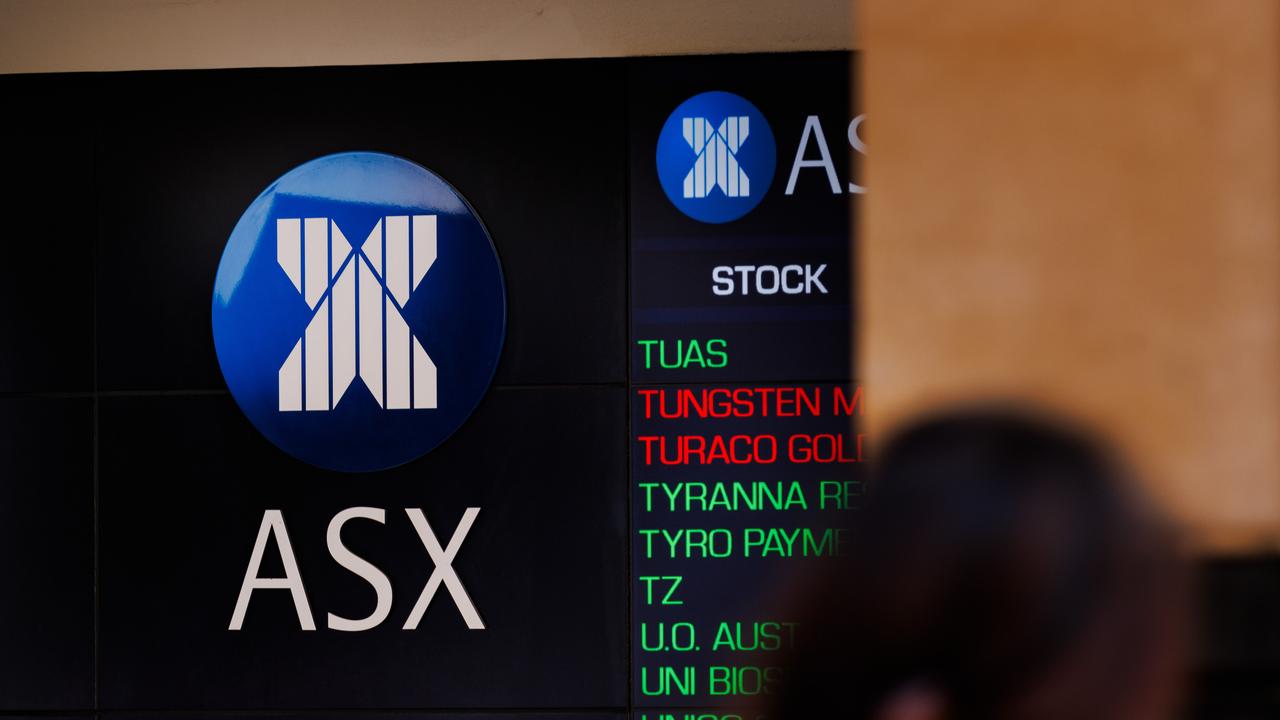Explosive report lays blame for Callide blast, federal court told
State government cost cutting was responsible for the catastrophic 2021 explosion that crippled the Callide power station, plunging half a million homes into darkness and forcing up energy prices for all.

Business
Don't miss out on the headlines from Business. Followed categories will be added to My News.
State government penny-pinching was responsible for the catastrophic explosion that crippled the Callide C power station, forcing up energy prices and plunging almost 500,000 homes and businesses into darkness.
The 2021 explosion was caused by the failure of a battery back-up system that was “not fit for purpose”, with the 2017 procurement process of the charger described as “flawed from start to finish”.
The revelations come from the report of forensic engineer Sean Brady, who was commissioned by CS Energy to review the cause of the explosion that took a unit of Callide C offline.
He also found that the shareholder-mandate for the government-owned plant focused on cost savings, while also placing constraints on investments including existing assets.
CS Energy has fought for months to keep Dr Brady’s report from public view. But, in a case being heard in the Federal Court aimed at preventing the sale of the unit back to CS Energy, lawyers for private Czech investor Sev.en Global Investments read out excerpts of Dr Brady’s report, saying they demonstrated the explosion was the result of “significant negligence” by the government-owned company.
The bombshell finding is expected to put pressure on Energy Minister Mick de Brenni, who repeatedly declared the explosion was “not because of a lack of maintenance”.
The LNP has labelled the revelation “one of the biggest ministerial cover-ups Queensland has ever seen” and is expected to call for Mr de Brenni’s resignation. Opposition Leader David Crisafulli called for Queenslanders to punish the government over the saga.

“What happened at Callide was avoidable, inexcusable, and this government must be held accountable,” he said.
“Queenslanders have a choice at the October state election between the Labor Party who has buried a report proving they deliberately ran our energy system into the ground, sending power bills soaring, or an LNP government who has a plan to keep the lights on and prices down.”
A spokeswoman for the government noted Dr Brady was yet to complete a final report.
“The government has repeatedly committed to releasing the report once it is completed and received by CS Energy,” she said
LNP energy spokeswoman Deb Frecklington said the government had fought to keep the Brady Report secret.
“This is a deliberate and deceitful cover-up, Labor has been caught lying to keep Queenslanders in the dark about the Callide catastrophe, Queenslanders will never trust the Miles Labor Government on power prices again,” she said.
“The evidence shows they directed money be ripped out of the power plant, which led to its failure and drove up power bills, and then they lied about what happened.”
The explosion of the C4 turbine at Callide C in May 2021 forced the evacuation of the plant, and immediately stripped about 10 per cent of Queensland’s generating capacity out of the east coast grid.
The loss of the plant – which has only recently returned to the electricity market – helped push up household and business energy prices, and has indirectly contributed to the energy shortfalls suffered by the east coast grid.
CS Energy has previously confirmed the explosion was caused by the failure of battery back-up systems.
Acting for Sev.en, Chris Withers SC told the court on Monday that Dr Brady had found the plant’s battery back-up systems failed to activate because the charging system installed by CS Energy was not fit for purpose, saying the 2017 procurement process that bought the charger was “flawed from start to finish”.
“The decision to replace the battery charger was made by someone not responsible for that process. In going to market, CS Energy focused solely on price, with little or no technical input or oversight. The technical specifications that had been submitted for the charger did not establish or require that the battery charger could actually operate within its systems,” he said.
“And unsurprisingly, the product they got was not fit for purpose.”
But the fault does not land solely on the purchasing decision surrounding the battery charging tender, according to the summary of Dr Brady’s report. It also identified cutting and instructions from the state government, through its shareholder mandate to the government-owned company, as a contributor to the disaster.
Mr Withers said Dr Brady’s report included a finding that the “significant constraints” faced by CS Energy included its status as a government-owned corporation, the joint venture ownership of the power station, and the impacts of climate change.
“Those constraints influence investment and cost-cutting, organisational focus and decision-making. The shareholder mandate focused on cost savings, while at the same time placing constraints on investment – including in its existing assets,” the report says, according to Mr Withers.
“Metrics focused on by the CS Energy board did not include a focus on the management of process safety. Instead, they were focused on personal injury, plant availability and financial results”.
Lawyers for CS Energy, appearing in the matter as an “interested party”, have not yet responded in court to the allegations made on Monday.
The hearing continues.
Originally published as Explosive report lays blame for Callide blast, federal court told


